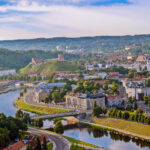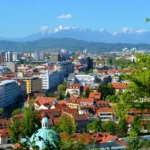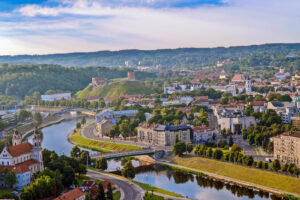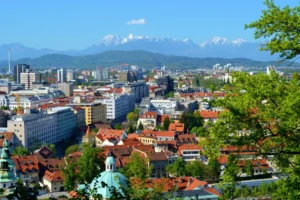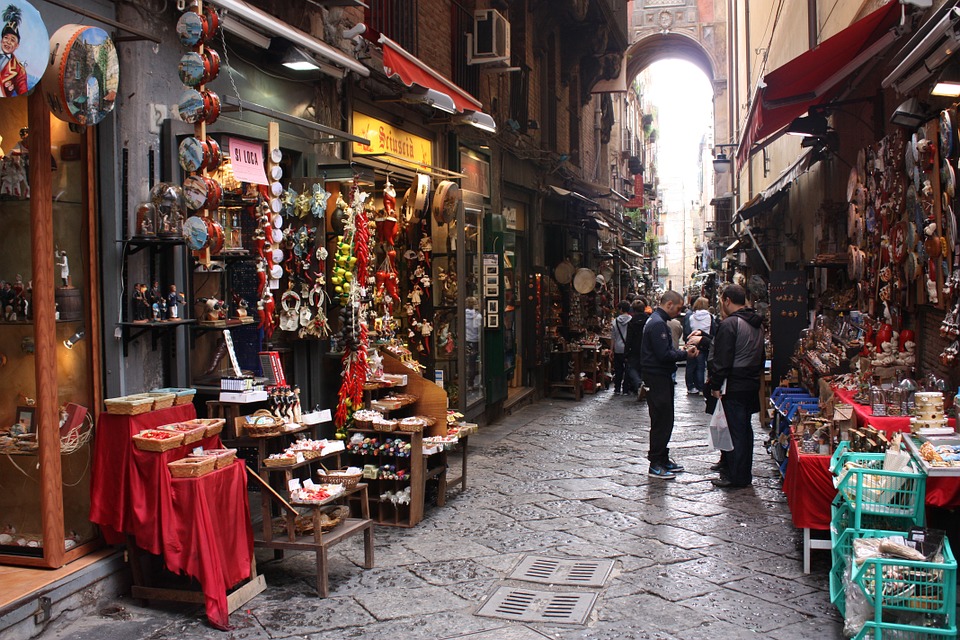
Naples owes its origins to the mermaid Partenope. It is no coincidence that its character has the bizarre nature of the hybrid: good and evil, joy and sadness, beauty and decay. Contrasting souls that collide and live side by side, as you understand as soon as you set foot in the city.
The splendid historical memories of the Capodimonte Museum and the Royal Palace together with the worst signs of modernity, traffic and chaos. The religious devotion to San Gennaro that coexists with the pagan soul of the city, preserved and handed down in the Underground Naples and in the San Severo Chapel, among the “capuzzelle” of the dead and the alchemy of the Veiled Christ.
And then glimpses of an unrivaled landscape, rules of life that are valid only here and nowhere else on earth. There is so much to see, and it is not easy to choose. Naples is a true theater of life, open-air, free and accessible to all. But don’t expect just funny skits and postcard backgrounds. To discover the city it may be enough to simply wander around, but if you don’t want to miss the best, start with the main places of interest.
Spaccanapoli road
Spaccanapoli is the road that goes from the Spanish Quarters to the Forcella district, cutting the city of Naples in a straight line. The name can be understood by climbing above San Martino and observing from above how this road cuts the heart of the city in two.
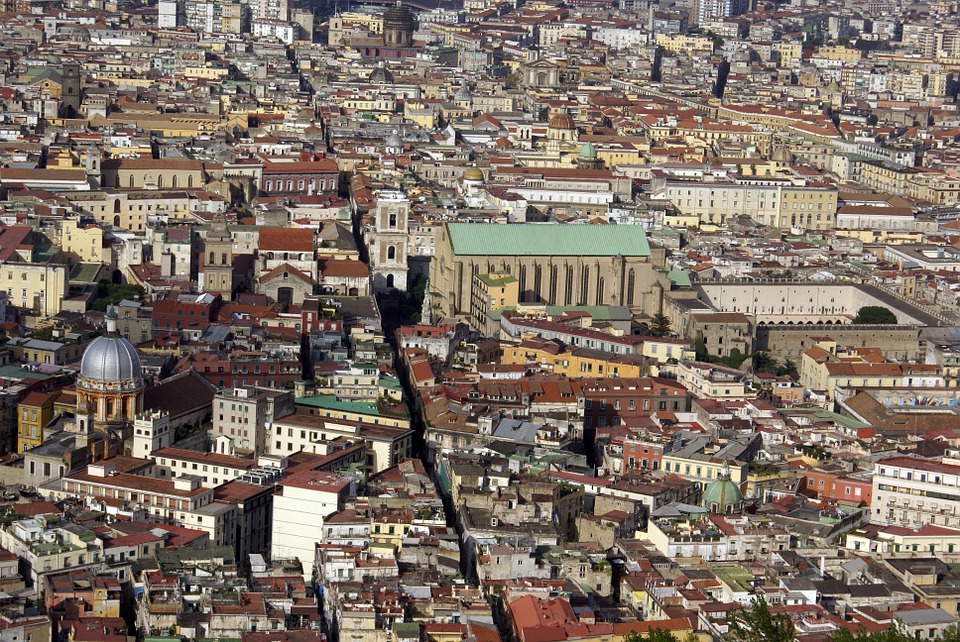
This artery has very ancient origins: it is in fact one of the three decumans in which the Romans, based on the Greek construction, organized the city. Walking through Spaccanapoli you will cross the millenary history of the city. Here there are not only the ancient palaces, the churches, but also the legends and the unmistakable smells of Neapolitan cuisine.
Do not be surprised at anything: along the path of Spaccanapoli you will meet splendid churches and families who live in the lowlands, artists-craftsmen and squatters who sell everything. For some years, small hotels and bed and breakfasts have sprung up along the way, allowing tourists to experience Naples just like the Neapolitans do.

Spaccanapoli is a narrow gut, where Neapolitans, tourists and mopeds coexist, not very peacefully. But there is no place in the city that can better tell you about the soul of Naples, its essence that is revealed here without tricks.
Spaccanapoli is not a tourist postcard: it is Naples.
Sansevero Chapel and Veiled Christ of Naples
The Veiled Christ is one of the most fascinating and mysterious works that can be seen in Naples. It is said that the marble veil on the body of Christ is actually a fabric veil, transformed into rock thanks to a special liquid invented by the sinister Prince of San Severo, an illustrious alchemist.
Many, however, argue that the surprising effect is all the result of the talent of Giuseppe Sanmartino, the sculptor who created the veiled Christ. The discovery of a secret room and some macabre works, visible in the San Severo Chapel, helped to give the Prince and the veiled Christ an aura of mystery. The Chapel is worth a visit not only for Christ but also for the other works present in this small jewel hidden in the alleys of Naples: a place rich in esoteric and religious symbols, which we help you discover.
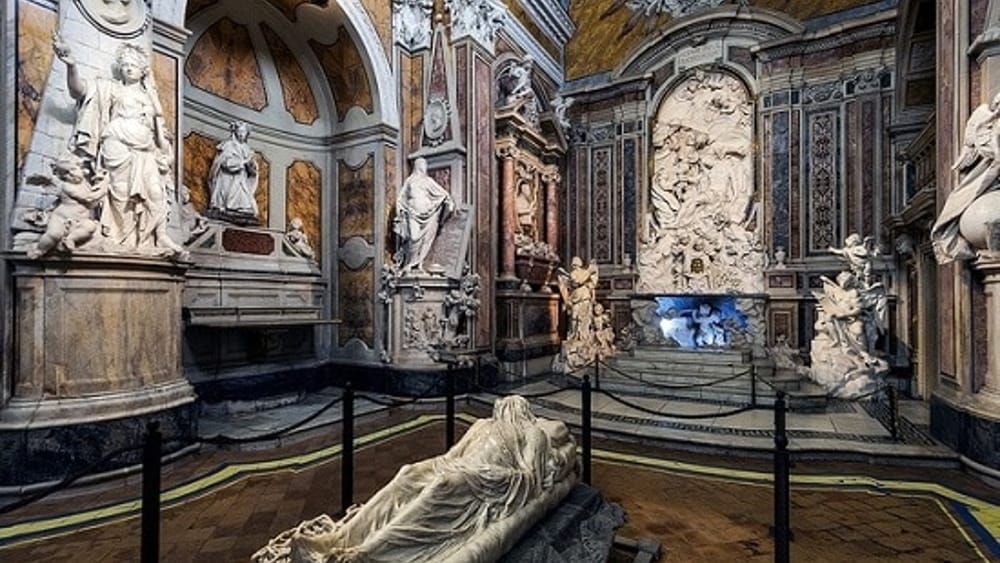
Archaeological Museum of Naples
First riding school then seat of the University, the Archaeological Museum of Naples (MANN) was inaugurated in 1816 and today is one of the most important in the world for the quality and quantity of the works it houses.
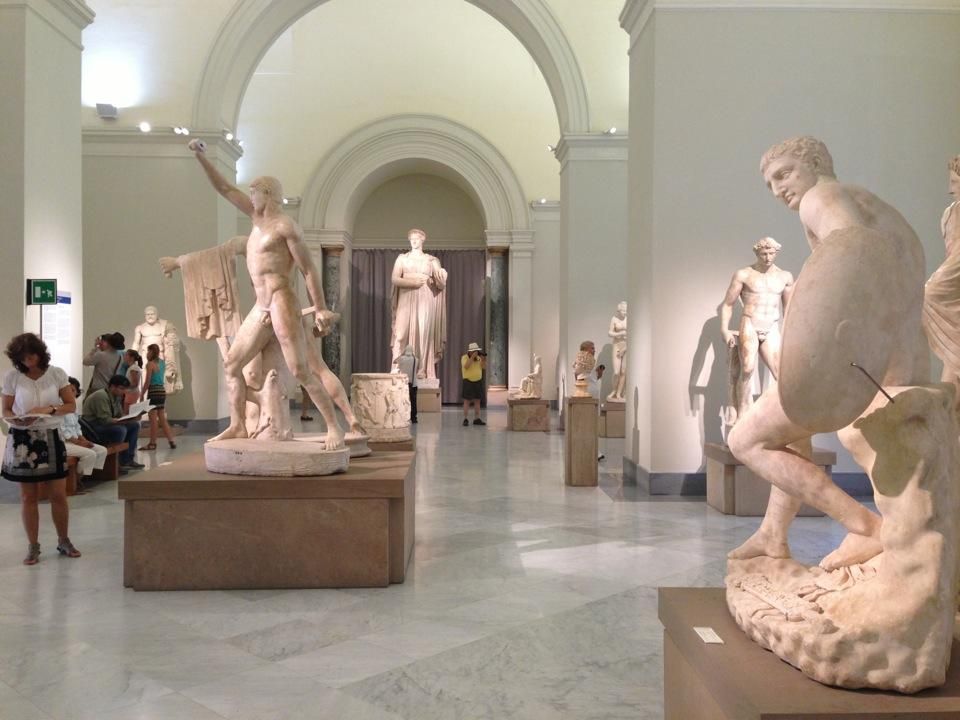
King Ferdinand IV intended to create an impressive institute for the arts in Naples and, after more than two centuries, it can be said that his ambitions have been realized. The Archaeological Museum, in addition to containing the finds from the excavations of Pompeii, houses finds from the Greco-Roman age, Egyptian and Etruscan antiquities from the Borgia collection and ancient coins from the Santangelo collection. Do not miss the “Secret Cabinet” which collects ancient frescoes and sculptures dedicated to the theme of eroticism.
Plebiscite and Royal Palace of Naples
If there is a symbolic place of Naples, this is Piazza del Plebiscito. Over the centuries it has been transformed from a simple open country to a gathering place for the Neapolitans: medieval tournaments and the Bourbons’ “cuccagne” were held here to keep the people good.

Today it is the symbol of the new “Neapolitan Renaissance“: freed from cars, it is a strolling place for Neapolitans and tourists who came to admire its grandeur and the two jewels: the neoclassical colonnade of the church of San Francesco di Paola and the Royal Palace. The latter was built in the late 1500s when the news of the possible visit of King Philip III to Naples created a certain agitation. The capital of the Viceroyalty, in fact, had no place to host the most powerful man in the world. After endless second thoughts, the viceroy Don Fernando ordered the construction of a residence for the illustrious guest.
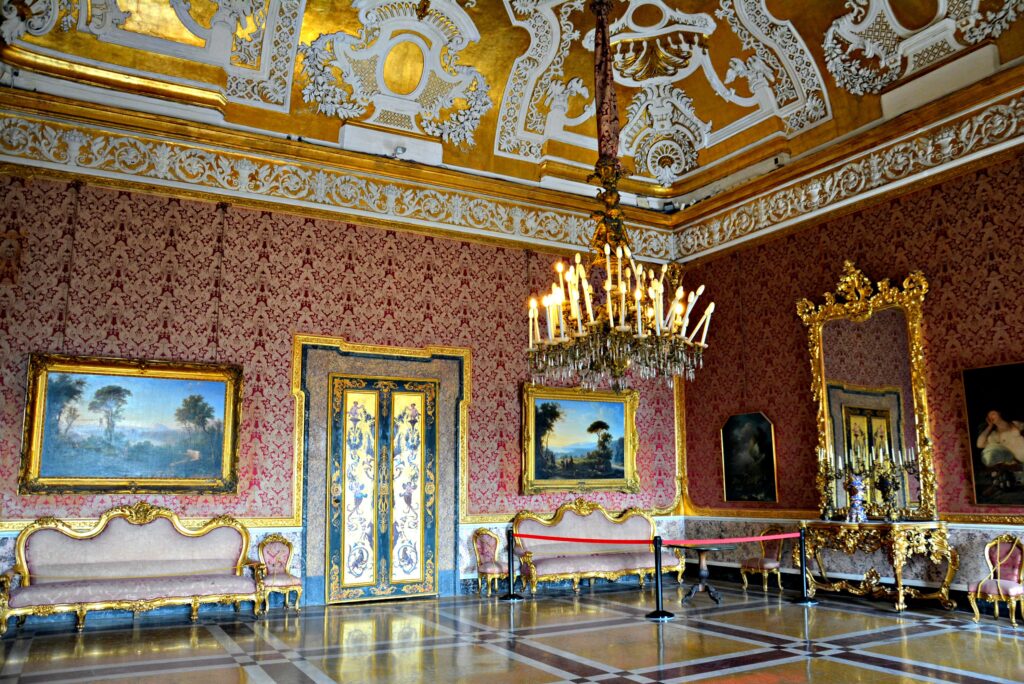
The Royal Palace was commissioned to Domenico Fontana in 1600, who delivered it after only two years, although not completely finished. Too bad, however, that the capricious King Philip III changed his mind without warning: he postponed his visit to Naples to a later date. You who are luckier than the King, visit the Royal Apartment, the Royal Chapel, the gardens and the Court Theater.
Underground Naples and Bourbon Gallery
For centuries, from the deep womb of Naples, tuff was obtained to build the city above. The city below, therefore, hides a dense intrigue of ravines, caves and tunnels that tell a story parallel to the life of Naples on the surface.
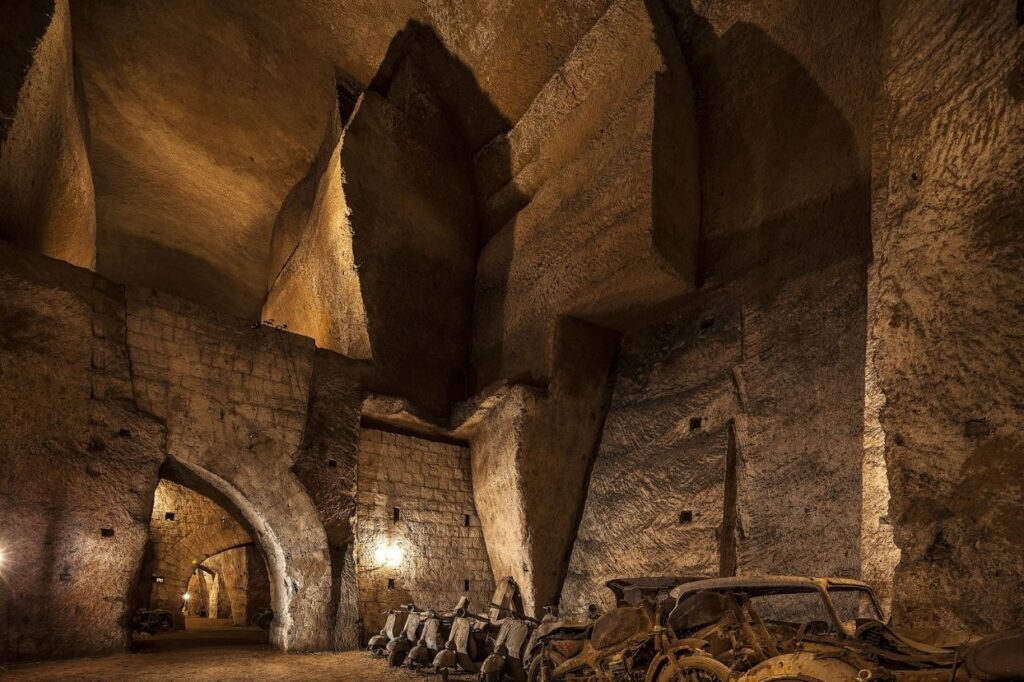
The underground city served the Neapolitans in many ways: from a refuge during bombing to a source of water, from a landfill to a place where criminals hid. In recent decades, an extensive recovery of Underground Naples has been underway, which today you can visit on two main routes: from Via dei Tribunali you can access the classic route that crosses the Greco-Roman aqueduct, air-raid shelters, the War Museum, underground gardens and the “Arianna” Seismic Station. The visit to the nearby Roman Theater of Nero is singular, which can be accessed from a private home by moving a bed under which a trap door is hidden! Always excavated underground but for different reasons is the Bourbon Gallery, commissioned in 1853 by Ferdinand II of Bourbon. The goal was an underground viaduct connecting the Royal Palace with Piazza Vittoria to allow rapid access to the Royal Palace by the troops and an escape route to the sea for the Neapolitan sovereigns.
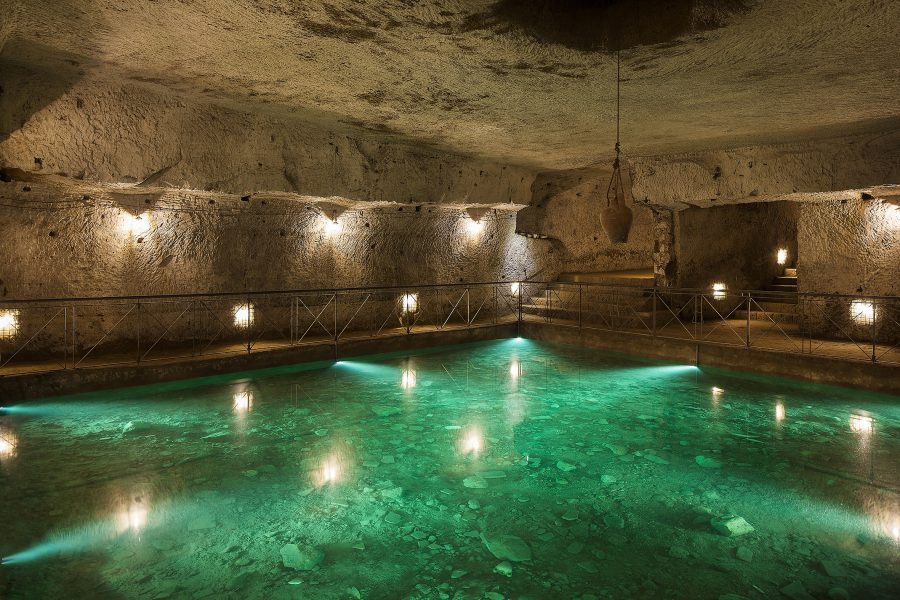
Over time, the Gallery has played the role of anti-aircraft shelter and judicial deposit: along the path, therefore, there are wells, cisterns, cavities, remains of everyday life during the war, huge fragments of statues and old vehicles from the 50s , ’60 and ’70.



